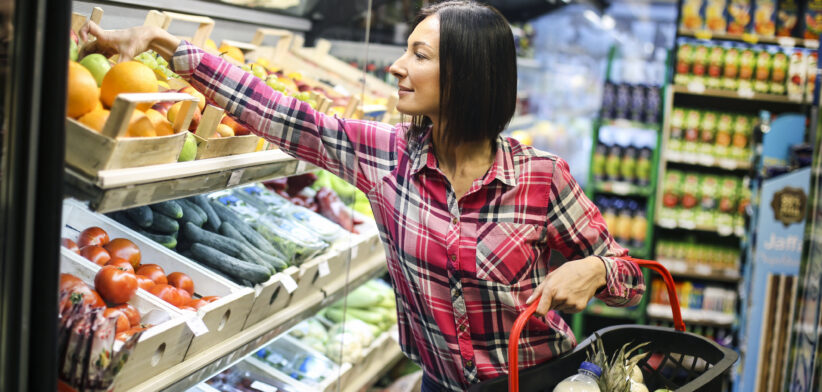Australia’s inflation rate remains stubbornly high and outside the zone where the Reserve Bank is likely to reduce interest rates.
April Consumer Price Index data, released today by the Australian Bureau of Statistics (ABS), put the annual inflation rate at 3.6 percent.
This was up from 3.5 percent in March and was the second month in a row in which a small rise was recorded.
While inflation has been fairly stable in the past five months, and well below the pandemic-induced highs, it is still outside of the Reserve Bank’s 2-3 percent target zone.
ABS head of prices statistics Michelle Marquardt said the most significant contributors to the April annual rise were housing (up 4.9 percent), food and non-alcoholic beverages (up 3.8 percent), alcohol and tobacco (up 6.5 percent), and transport (up 4.2 percent).
“CPI inflation is often impacted by items with volatile price changes like automotive fuel, Fruit and vegetables, and holiday travel,” Ms Marquardt said.
“When excluding these volatile items from the monthly CPI indicator, the annual rise to April was steady at 4.1 percent. Annual inflation excluding volatile items remains higher than for the monthly CPI indicator.”
Housing rose 4.9 percent in the 12 months to April, down from 5.2 percent in March.
“Rents increased 7.5 percent for the year, reflecting a tight rental market and low vacancy rates across the country,” the ABS said in a statement.
“New dwelling prices rose 4.9 percent over the year with builders passing higher costs for labour and materials onto the consumer. Annual price growth for new dwellings has been around 5 percent since August 2023.”
Electricity prices rose 4.2 percent in the 12 months to April, offset by the Energy Bill Relief Fund rebates from July 2023.
“Excluding the rebates, electricity prices would have risen 13.9 percent in the 12 months to April 2024,” Ms Marquardt said.
“Annual inflation for food and non-alcoholic beverages rose to 3.8 per cent in April, up from 3.5 per cent in March. All food categories except meat and seafood contributed to the annual rise.
“Fruit and vegetable prices have recorded their largest annual rise since April 2023. This reflects unfavourable weather conditions leading to a reduced supply of berries, bananas and vegetables, such as lettuce and broccoli.”
More details on the ABS website.








